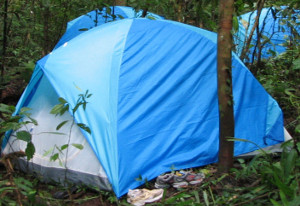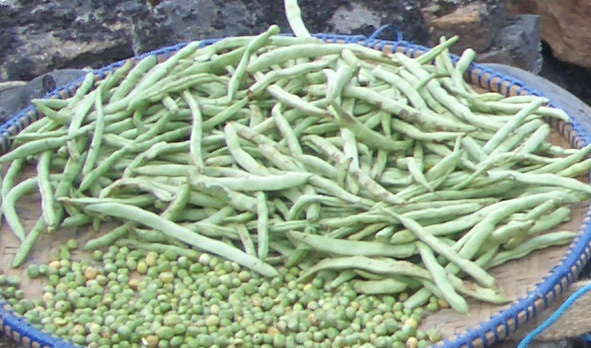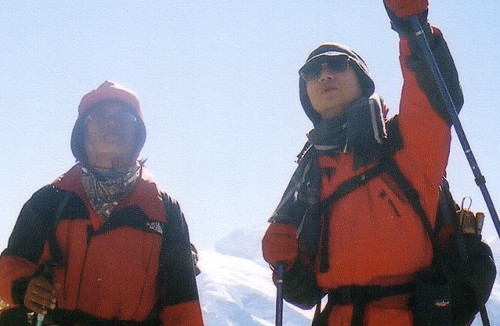Away from civilization and medical assistance, even a small case of diarrhea can cause much inconvenience and enjoyment of the trek. Although it is difficult to maintain the same high level of hygiene in the outdoors as when you are at home or in the city, some knowledge and practice of basic hygiene and cleanliness will significantly reduce the chance of being struck down by an infection.
Hygiene
Body and foot hygiene
Where the campsite is beside a flowing river or stream, it is always good to have a bath. However, do not use any soap as this will pollute the water. If you must, use biodegradable soap. Always have your bath downstream as the upstream is used to collect water for drinking and cooking. Always bring talcum powder for treks in tropical rainforest especially if it lasts more than two days. Humid conditions of tropical rainforest will easily cause fungal infection especially to your feet which has been enclosed in the trekking shoes for most part of the day. Change out of your trekking shoes once you have reached the campsite especially if your socks are wet. This is where sandals come in handy. Powder dry your feet, groin and armpit areas before you go to sleep. If there is no stream or river for bathing, use talcum powder to dry your body. No-rinse shampoo (preferably biodegradable) is also good for washing your hair on treks that lasts several days.
Keeping hands clean
While it is probably too much of a hassle to maintain the same level of hygiene on the trek as in the city, some basic hygiene should still be practiced. Washing your hands before preparing food and eating is easy if your campsite is beside the stream. However, if there is no nearby water source, a handy substitute is to use wet wipes. This will save your limited water supply for cooking and drinking. Wet wipes may also be used to do some general cleaning of your kitchenware after the meal before a more thorough washing when you reached a stream or river.
Cleaning and Washing of kitchenware
Always try to finish all the food that cannot be kept for the next meal. This will reduce the amount of food to be thrown away. Solid food waste should never be thrown into river and streams. Dispose them about five to ten meters away from the campsite so that wild animals will not be attracted to the campsite. Washing should always be done downstream where the water is flowing. There is less risk of bacteria accumulation and the flowing water will help to disperse the food particles.
Do not leave unwashed kitchenware overnight at the campsite as this will quickly attract ants and may bring wild animals. If it is not feasible or dangerous to wash up after dinner, use a bag to contain the unwashed kitchenware, tie up and hang on a tree at the edge of the campsite even if it means bagging a pot that is filled with water to soften burnt food.
If there is oil on the kitchenware, use toilet paper to wipe away before washing. The toilet paper may be bagged with the trash or burnt if there is a campfire.
Human waste
Going on trek for days without generating solid waste may be employed for some trekkers, it is definitely not the recommended in terms of personal well-being. Maintaining good bowel movement even while on trek is important for maintaining your gastrointestinal health which may otherwise cause problems after the trek.
Solid waste
For a group of trekkers, it is good to decide on the general location of the toilet point from the campsite. Bring small shovel, toilet paper and a lighter. Move a distance from the campsite away from any water source and veer off the trail to find a suitable site. It is easy to mistaken a trail for a side clearing especially at night. In a tropical rainforest, use your feet to sweep away the dried leaves to expose the earth. Check that the place you have chosen is not on an ants nest. Use a small shovel to dig a hole about ten to fifteen centimeters deep. A strong and stiff shovel (preferably metal) is needed to cut through the network of small roots found on the top soil. After you are done with the business, use the lighter to burn the toilet papers in the hole. Fill up the hole with the earth which you have dug out earlier. You may "mark" the site with a small piece of paper on top of the pile and secure with a twig or stick.
Urinate
Always keep away from the river and stream preferably more than ten meters from the water source. After you have found a site, do a quick evaluation of the terrain gradient and the direction of flowing urine before you start to pee.


